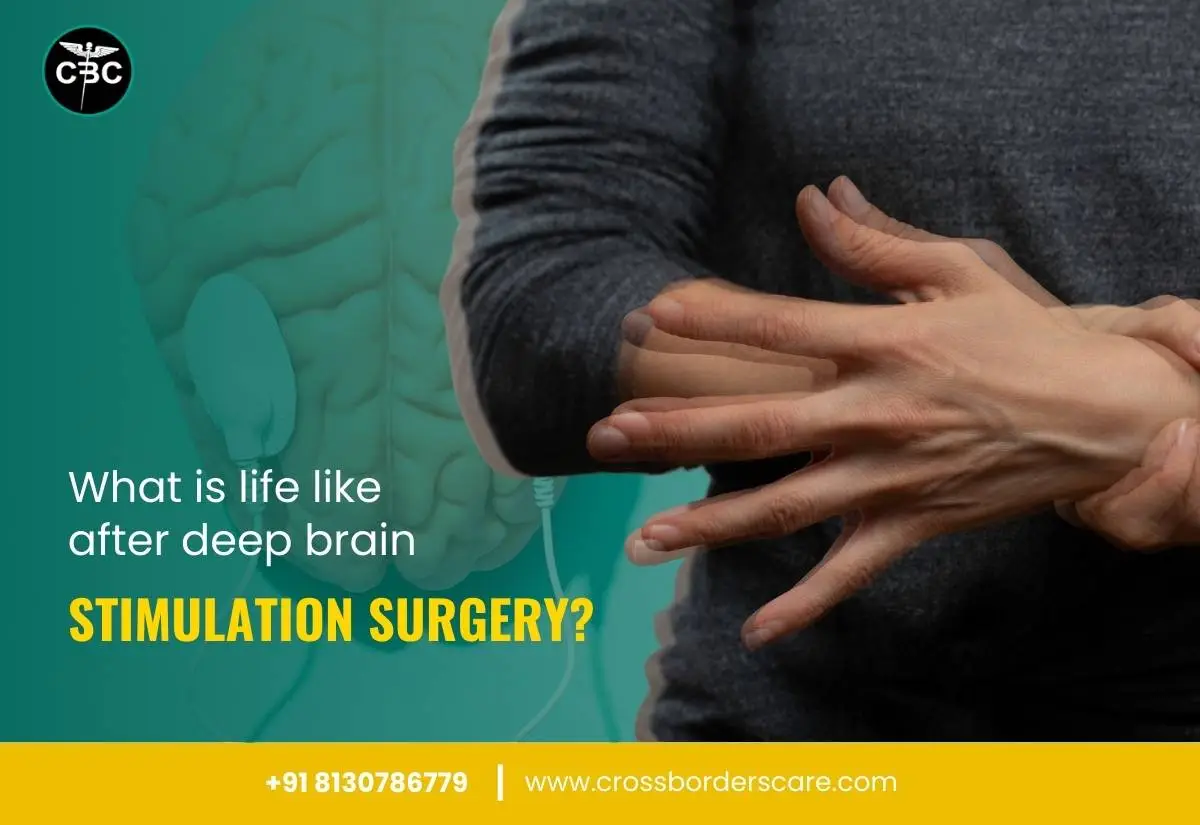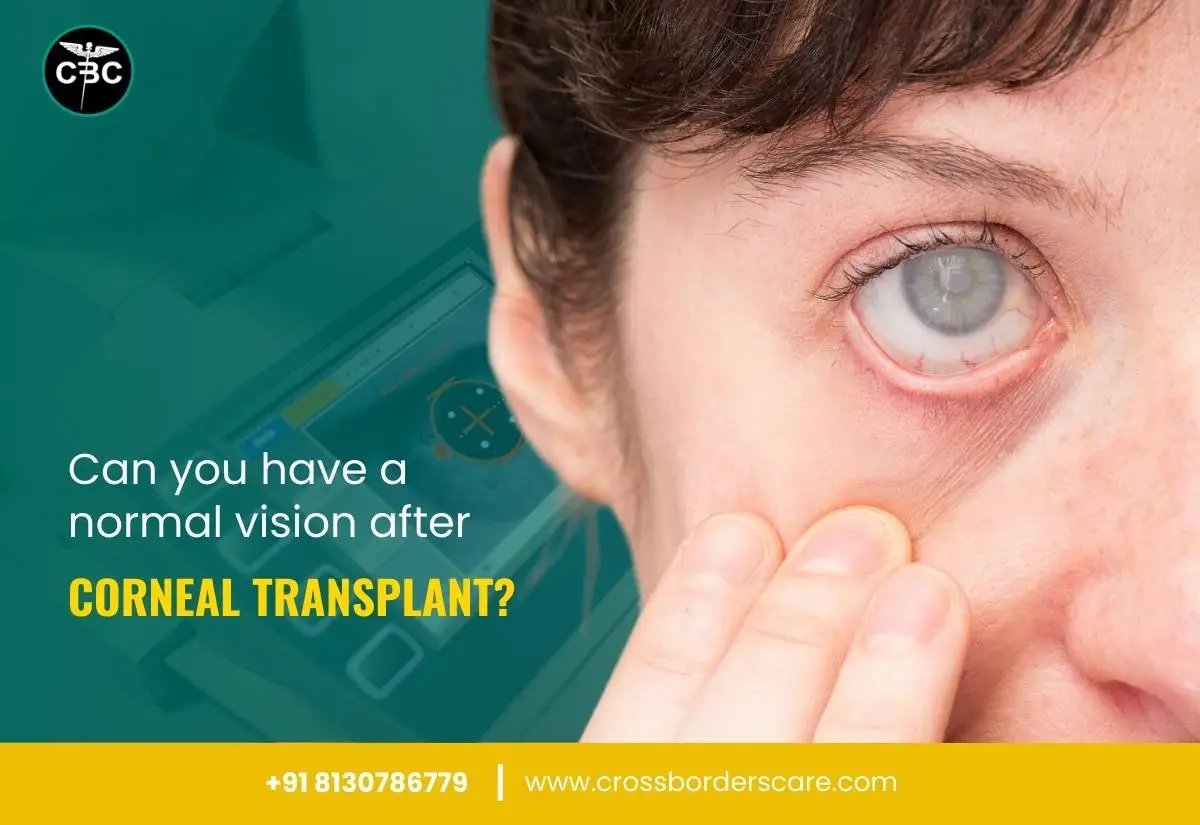A corneal transplant is the dedicated process of replacing a diseased or damaged cornea with a healthy donor cornea. Also called keratoplasty, it helps eliminate the symptoms of endothelial dysfunction, corneal scarring, and keratoconus. When it comes to the success rate of the corneal transplant, several factors have increased its effectiveness.
Read on to find out the details on the success rate of corneal transplants based on different factors.
Defining the success rate of corneal transplant
The success rate of the corneal transplant can be defined based on the overall success rate of the surgery, visual outcomes, and long-term survival.
-
Overall success rate
The overall success rate of the corneal transplant is high with around 95% of the transplants being successful when it comes to graft clarity and anatomical integrity maintenance of the eye. Hence, it indicates that in the majority of cases, the transplanted cornea is structurally stable and clear over time.
-
Visual outcome
Patients experience significant improvements in their vision after a successful corneal transplant. However, restoring normal vision depends on post-operative care, the type of transplant performed, and the initial condition of the eye.
-
Long-term survival
A significant number of corneal transplants remain functional for ten or more years. Recent developments in immunosuppressive therapies and tissue preservation have helped in long-term survival.
Factors affecting the success rate of corneal transplant
After understanding the criteria for the success rate of the corneal transplant, here are the key factors affecting the same:
-
Type of corneal transplant
Firstly, it depends on the type of corneal transplant performed on the patient. It can be PKP keratoplasty (penetrating corneal transplant), deep anterior lamellar keratoplasty (DALK), and endothelial keratoplasty (EK).
Penetrating keratoplasty involves the replacement of the entire central cornea with donor tissue and has a good success rate for visual improvement and graft survival. Deep anterior lamellar keratoplasty replaces the anterior layers of the cornea and is used for corneal scars and keratoconus. It has reduced rejection rates than penetrating keratoplasty.
Endothelial keratoplasty replaces the endothelial layer of the cornea. It has quick recovery rates and reduced complications when compared to penetrating keratoplasty.
-
Surgical techniques
Secondly, after the type of corneal transplant comes the type of surgical approach to conducting these replacements. It covers the traditional incision methods, the use of modern lasers, or the latest micro instruments.
The traditional methods have reduced success rates while the modern laser techniques have improved outcomes in corneal transplants.
-
The overall health of the recipient
The overall health of the patient defines the success rate of the corneal transplantation. It covers the presence of existing body conditions like hypertension or blood sugar. The existing issues with the patient’s eye like dry eye or glaucoma can impact the corneal transplant success.
-
Donor matching
Corneal transplantation involves donor matching to improve graft survival and reduce the risk of rejection. Hence, it is important to ensure that the size and type of the donor cornea match the characteristics of the recipient’s cornea.
-
Post-operative care
It is essential for the patients to adhere to the prescribed post-operative care instructions. It covers monitoring the signs of rejection or infection and using anti-rejection medications.
-
Technological advancements
Last but not least, the recent developments in corneal transplant are improving the surgical techniques, improving the donor tissue quality, and minimizing complications. Some of the key developments cover femtosecond laser technology, tissue engineering, and immunosuppressive therapies. Also, these play a crucial role in defining the overall corneal transplant surgery cost in Delhi.
The femtosecond laser technology uses a laser for precise corneal incisions and reduced surgery trauma. Tissue engineering is reducing the dependency on human donors and offering research in bioengineered corneal substitutes and increased tissue preservation methods.
The immunosuppressive therapies reduce the risk of corneal rejection and systematic side effects.
Final Thoughts
The success rate of the corneal transplant indicates positive trends for patients facing corneal injury or disease. It is easy to understand the different criteria- overall success rate, visual outcomes, and long-term survival as the success criteria of this procedure. The different factors affecting the success rate help understand the future outcomes of the corneal transplant.
Cross Border helps patients with affordable corneal transplant surgery costs in India with enhanced results, improved patient care, and personalized treatment at the best facilities.













